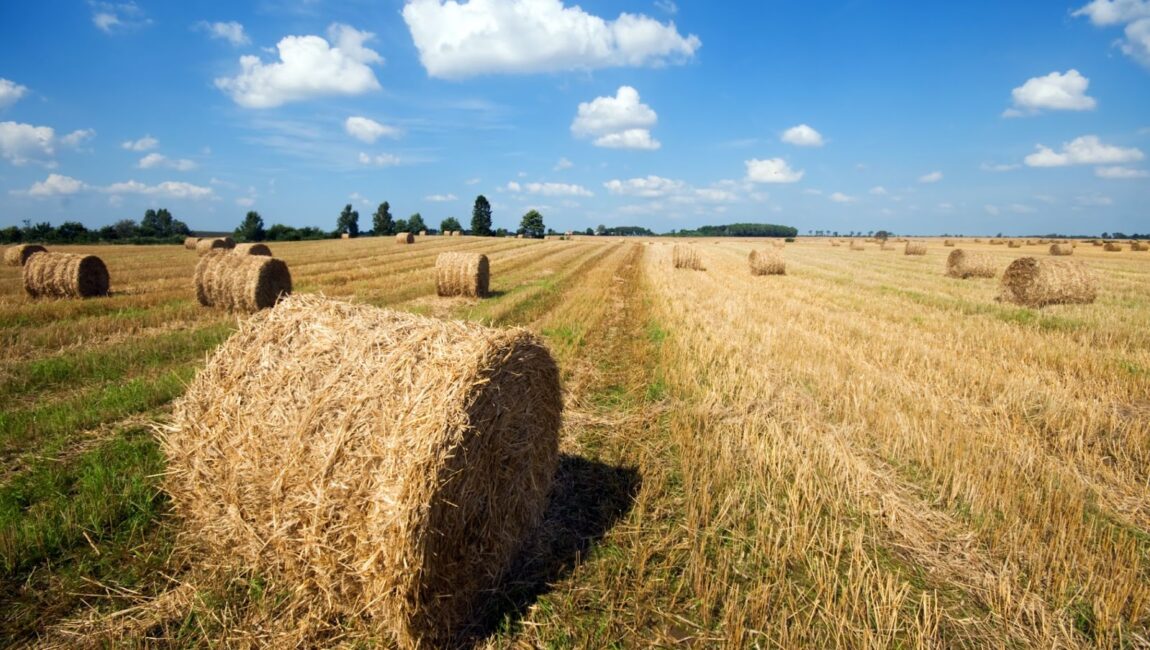
You know it, you love it, you’ve probably used it. We’re talking hay. Join us as we break down types and storage of this forage go-to.
Grass Hay
Grass hay is often a good choice for all animals, as it’s easier on the kidneys due to its lower protein content and is also easier to chew and digest. Grass hay is also a good hay choice for “easy keepers,” meaning animals that easily gain weight or struggle to keep their weight down. Because of the high fiber content, grass hay is a convenient solution for these easy keepers since it can satisfy an animal’s appetite, without adding extra calories and protein.
Haylage
All hay will contain some moisture, typically about 10 – 15 percent. Haylage will have a higher moisture content (40-65 percent) as fresh cut hay is sealed in an anaerobic environment allowing the natural microbes to ferment the grass sugars. The dry matter portion is the percent of the hay that is not moisture and includes the protein, fat, mineral, carbohydrate and fiber content. Most dried hay contains approximately 90 percent dry matter.
Dry matter values are useful when comparing the nutrient content of different samples with different water content, such as the values between dried hay and pasture grass. A dry matter analysis has the moisture content removed from sample values.
Pasture Management
Pasture is almost the complete opposite at 20% dry matter (80% moisture). Once you remove the moisture, the pasture has a higher protein content per pound of dry matter – and it is the dry matter that supplies the nutrient value of a forage. By eliminating the dilution effect of water, you can make more of an “apples to apples” comparison of the nutrient values.
Hay Storage
The way you store hay can have a big effect on hay quantity and quality losses, so you may need to invest in additional resources such as money, labor and equipment. We recommend baling hay at 15 to 20 percent moisture (wet basis). If stored uncovered, use bales harvested early in the season first, and try to sell or feed all bales before the following spring. If stored outside, place bales on a well-drained surface, such as gravel, old tires or pallets rather than directly on the ground. Investing in tarps or storage buildings will help preserve your hay.
